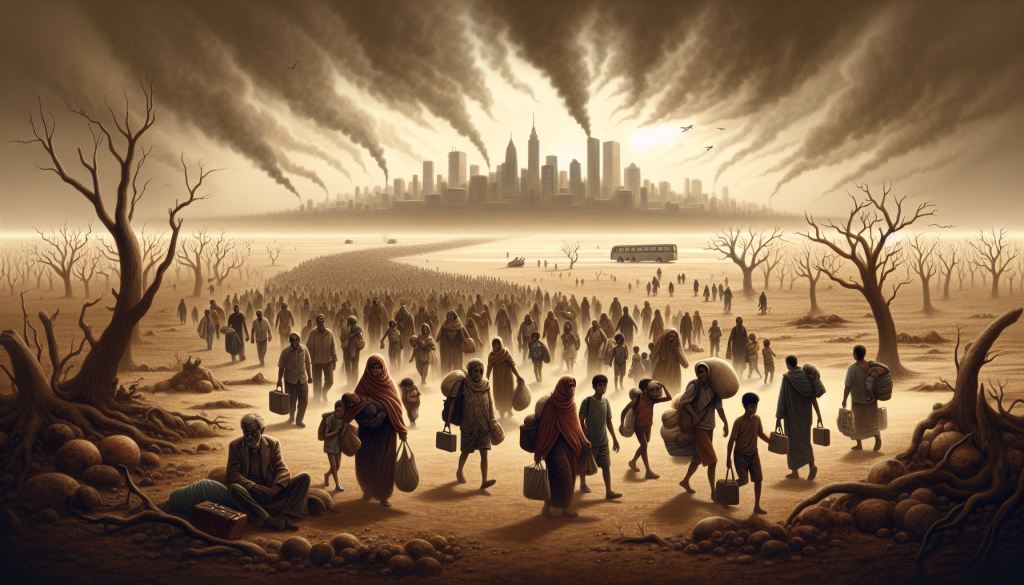
Climate Refugees: The Emerging Crisis in International Law
The phenomenon of climate refugees has been gaining attention in recent years as the adverse effects of climate change continue to displace millions of people around the world. While the concept of “refugees” has long been associated with conflicts and persecution, a new category of refugees has emerged – those who are forced to flee their homes due to climate-related issues. This article will delve into the emerging crisis of climate refugees and the challenges they face in the international legal system.
The Definition of Climate Refugees
Before we dive into the legal implications, let’s first define what exactly a climate refugee is. The term “climate refugee” is not officially recognized under international law, but it is often used to describe individuals who are forced to leave their homes due to environmental factors such as natural disasters, desertification, or sea-level rise. These individuals often have no choice but to migrate to other areas, whether within their own country or across borders.
The Increasing Number of Climate Refugees
According to the Internal Displacement Monitoring Centre, an average of 17.2 million people have been displaced by climate-related disasters every year since 2008. In 2018 alone, 17.2 million people were forced to flee their homes due to disasters such as hurricanes, floods, and wildfires. This number is expected to continue rising as the impacts of climate change become more severe.
Lack of Legal Protection
One of the main challenges faced by climate refugees is the lack of legal protection. Unlike refugees who are forced to flee due to persecution or war, climate refugees do not fall under the protection of the 1951 Refugee Convention, which defines a refugee as someone who has a well-founded fear of being persecuted for reasons of race, religion, nationality, membership of a particular social group, or political opinion. As a result, climate refugees are often left without any legal status and are subject to the laws and policies of the countries they migrate to.
The Role of International Law
While climate refugees may not have specific legal protection, international human rights law and environmental law can still play a role in offering them some protection. The United Nations Framework Convention on Climate Change (UNFCCC) recognizes the need to address displacement and migration caused by the adverse effects of climate change, and the Paris Agreement also includes provisions for addressing the issue. However, the lack of a binding legal framework to specifically protect climate refugees remains a major challenge.
The Need for a Comprehensive Legal Framework
In light of the growing number of climate refugees and the lack of specific legal protection, there is an urgent need for a comprehensive legal framework to address the issue. This could include creating a new international convention that addresses the unique challenges faced by climate refugees and provides them with legal protections and rights. In addition, governments need to take action to mitigate the impacts of climate change and provide assistance and support to those who are forced to flee their homes.
Conclusion
Climate change is not just an environmental issue, but a humanitarian one as well. The emerging crisis of climate refugees highlights the urgent need for countries to take action to reduce their carbon emissions and mitigate the impacts of climate change. It also calls for the development of a comprehensive legal framework to protect and support those who are forced to flee their homes due to climate-related issues. As global temperatures continue to rise, the phenomenon of climate refugees will only become more pressing, and it is our responsibility to ensure that they have the legal protections and support they need.
